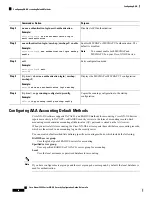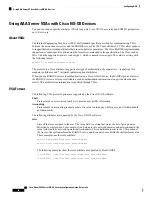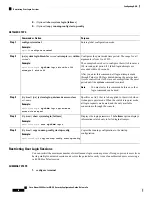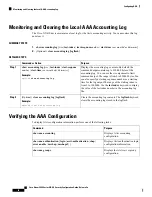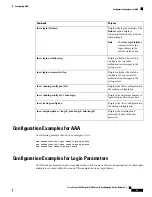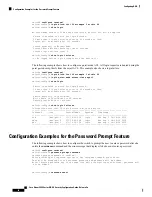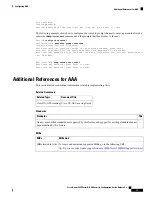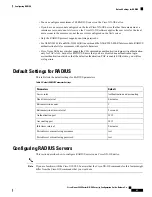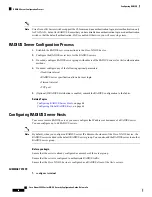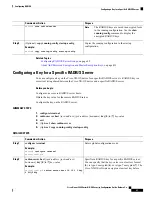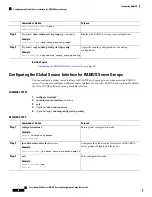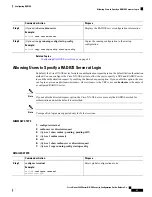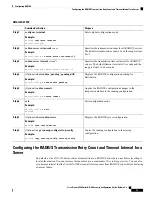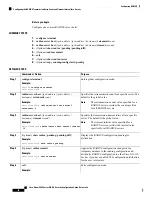
C H A P T E R
4
Configuring RADIUS
This chapter describes how to configure the Remote Access Dial-In User Service (RADIUS) protocol on
Cisco NX-OS devices.
This chapter includes the following sections:
•
•
Licensing Requirements for RADIUS, on page 42
•
Prerequisites for RADIUS, on page 42
•
Guidelines and Limitations for RADIUS, on page 42
•
Default Settings for RADIUS, on page 43
•
Configuring RADIUS Servers, on page 43
•
Verifying the RADIUS Configuration, on page 62
•
Monitoring RADIUS Servers, on page 63
•
Clearing RADIUS Server Statistics, on page 63
•
Configuration Example for RADIUS, on page 64
•
•
Additional References for RADIUS, on page 64
About RADIUS
The RADIUS distributed client/server system allows you to secure networks against unauthorized access. In
the Cisco implementation, RADIUS clients run on Cisco NX-OS devices and send authentication and accounting
requests to a central RADIUS server that contains all user authentication and network service access information.
RADIUS Network Environments
RADIUS can be implemented in a variety of network environments that require high levels of security while
maintaining network access for remote users.
You can use RADIUS in the following network environments that require access security:
• Networks with multiple-vendor network devices, each supporting RADIUS. For example, network
devices from several vendors can use a single RADIUS server-based security database.
• Networks already using RADIUS. You can add a Cisco NX-OS device with RADIUS to the network.
This action might be the first step when you make a transition to a AAA server.
Cisco Nexus 9000 Series NX-OS Security Configuration Guide, Release 9.x
39


